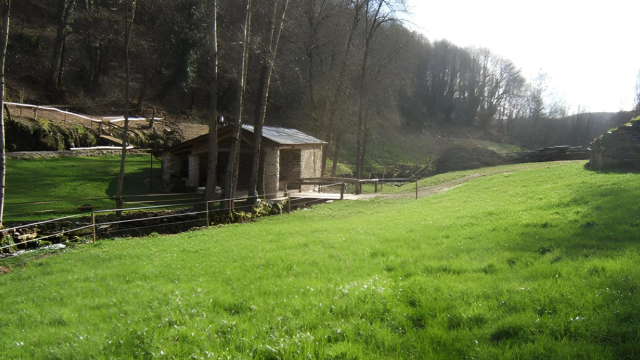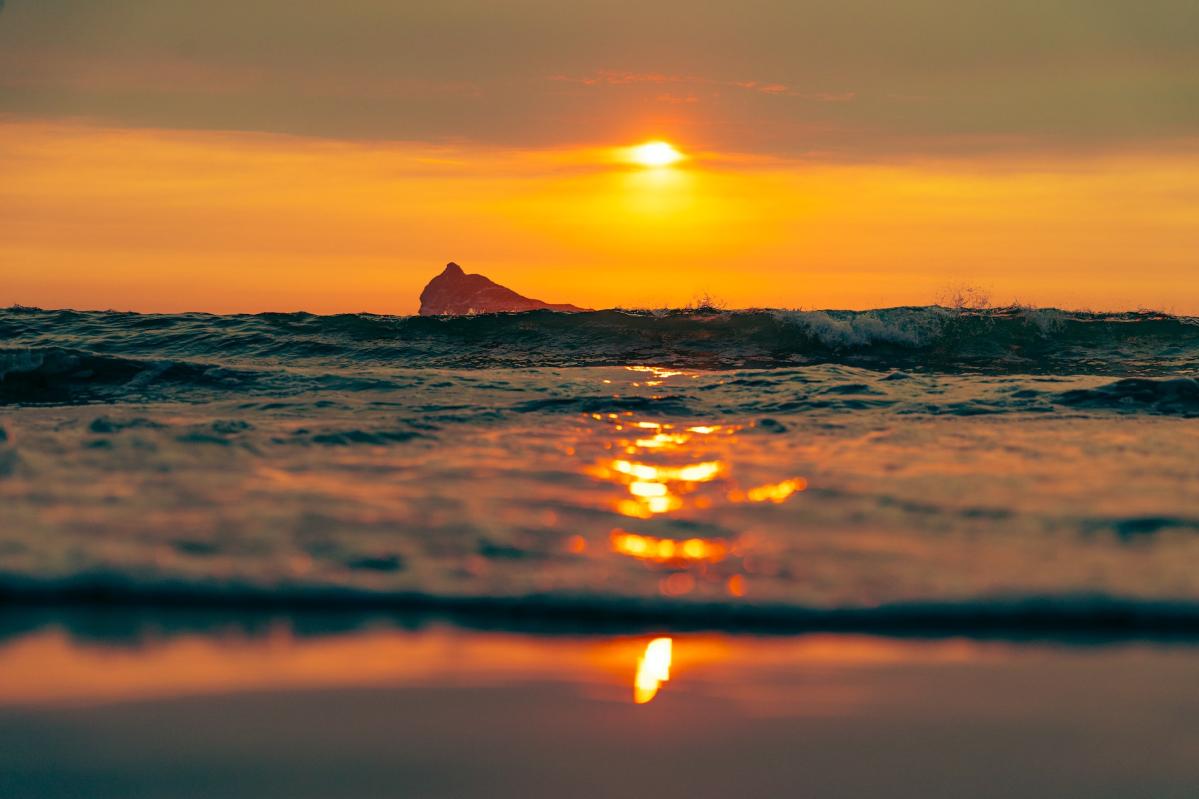Triacastela

Today, the Camino is one of Triacastela's main economic drivers. The French Way passes through the Oribio mountain and runs alongside native forests and traditional villages. One of the routes descends toward Samos, passing by its famous monastery, while the other follows the San Xil variant, a direct and easier route to Sarria.
The peak of pilgrimage activity in Triacastela occurred in the late 12th and early 13th centuries during the reign of Alfonso IX, who repopulated the area and constructed various facilities for travelers. The village's strategic location along the Camino made it a prime spot for trade and development.
Triacastela also had a pilgrim's jail, which, although less visible today, played an essential role in maintaining order on the Camino, particularly when some took advantage of the route for dishonest purposes. Additionally, the town featured an inn-blacksmith where pilgrims on horseback could get meals and have their horseshoes repaired. There were also hospitals for pilgrims and lepers, and a family-run monastery dating back to the late 10th century.
The name "Tria Castella" is believed to refer to three castles that no longer exist, situated in an area with three prehistoric hill forts (Triacastela, Lagares, and San Adrián). Furthermore, significant prehistoric discoveries have been made in the *Cova Eirós* site, revealing that Neanderthals once inhabited the area, highlighting its importance as a migration route since prehistory.
Today, the village's historical and natural appeal remains intact, offering many hidden treasures for both pilgrims and tourists to explore.

